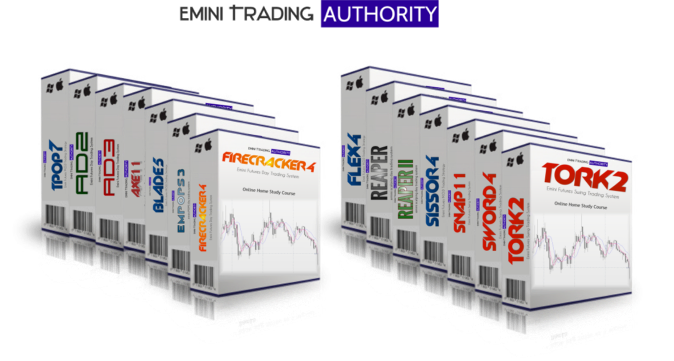Building Your Own eMini Futures Trading Robot: A Step-by-Step Guide
Disclaimer: While I can provide information on the process of building an eMini futures trading robot, I strongly advise against doing so without extensive knowledge and experience in financial markets and programming. Trading in eMini futures contracts involves significant risk and requires a deep understanding of the market dynamics and technical analysis. A lot of people want to make emini robots so they can be more lazy while trying to get out of learning out of learning how to trade themselves and that mindset may get you to evaporate your e-mini robot account faster then you can blink. Most people waste their time pursuing their magic ticket emini robot or forex robot for that matter. Most do not have the right mindset when it comes to robots so they waste their time and lose. Just thought I’d throw that in there. And I HIGHLY encourage you to become a good trader yourself before you start getting into robots. Learn one of our systems, master them, it will start to feel AUTOMATIC as it becomes a successful, cash flow generating habit.
With that said, here’s a general overview of the steps involved in building your own eMini futures trading robot:
1. Define Your Trading Strategy:
- Determine your trading style (scalping, day trading, swing trading)
- Identify the technical indicators and market conditions that will trigger your trades
- Establish your risk management parameters (stop-loss, take-profit)
2. Choose Your Programming Language:
- Popular choices for algorithmic trading include Python, C++, and Java
- Consider your programming skills and the available resources for your chosen language
3. Gather Market Data:
- Access historical and real-time data from reliable sources like market data providers
- Organize and clean the data for analysis and algorithm development
4. Develop Your Trading Algorithm:
- Translate your trading strategy into code using your chosen programming language
- Implement technical indicators, order placement, and risk management logic
- Test and refine your algorithm using historical data and backtesting techniques
5. Integrate with a Trading Platform:
- Connect your trading robot to an eMini futures trading platform via API
- Ensure proper communication and order execution between your robot and the platform
6. Monitor and Optimize:
- Continuously monitor your robot’s performance in real-time trading
- Analyze the results and make adjustments to your algorithm as needed
- Stay informed about market changes and adapt your strategy accordingly
Remember, building and deploying a successful eMini futures trading robot requires a significant investment of time, effort, and expertise. It’s crucial to approach this process with caution and a thorough understanding of the risks involved.
Here are some additional resources that you may find helpful:
- QuantStart: https://www.quantstart.com/articles/Building-a-Simple-Trading-Robot-in-Python
- Quantopian: https://www.quantopian.com/
- Zipline: https://www.zipline.io/
I encourage you to do your own research and consult with financial professionals before making any investment decisions.






